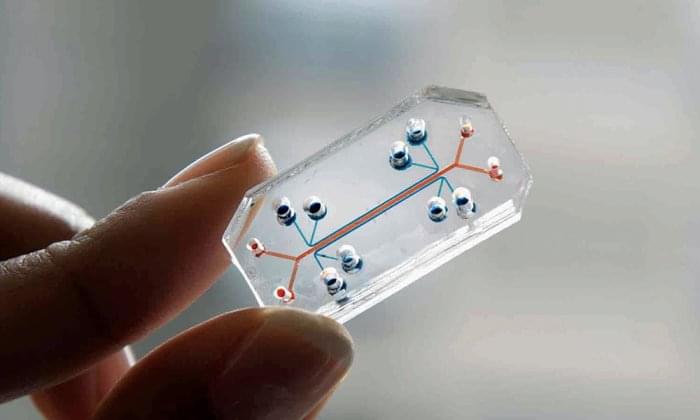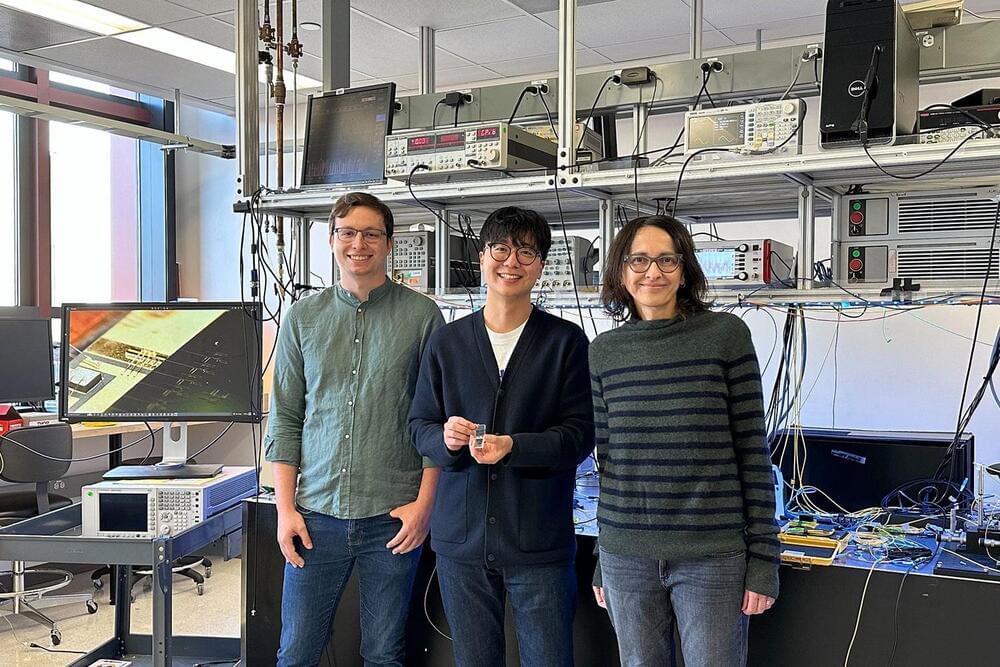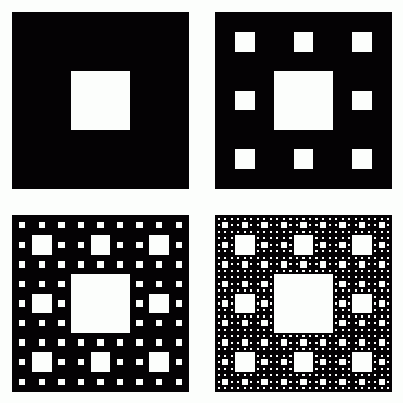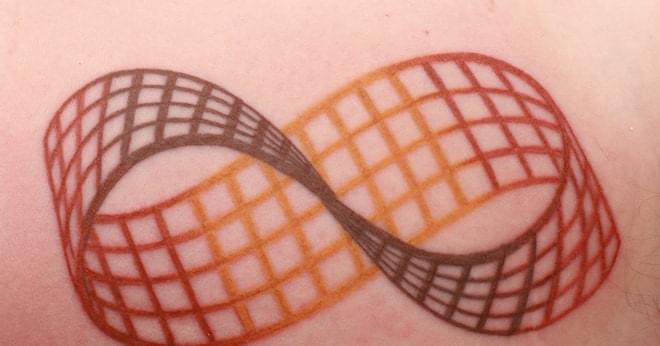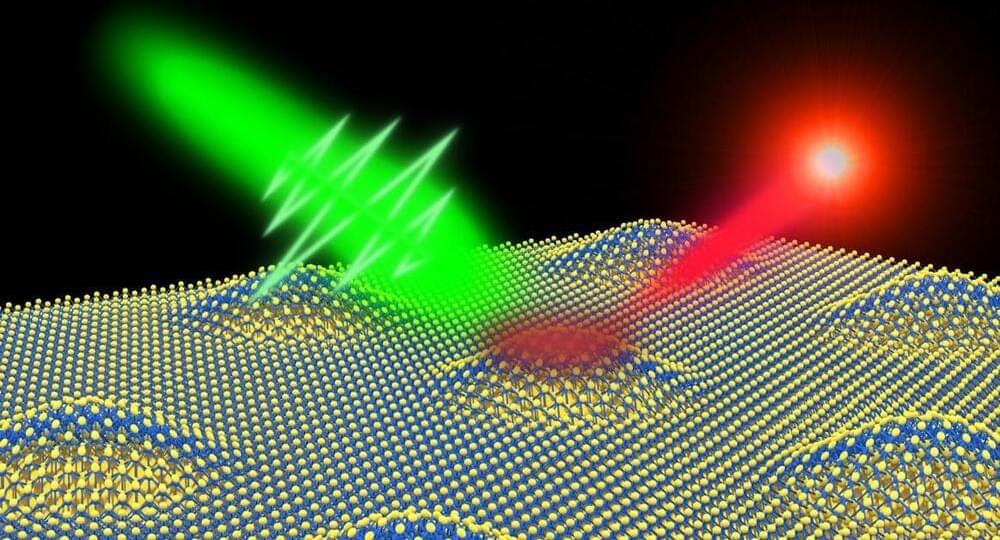Dec 4, 2022
The Thymus As A Key Target For Aging Intervention — Dr. Greg Fahy — EARD 2022
Posted by Montie Adkins in categories: biotech/medical, computing, cryonics, genetics, life extension
This is a followup trial result to the first trial that reported 2.5 years of epigenetic age reversal This has interesting reports from the actual patients about how they feel and the changes it made to them. After the first trial I sent an email to see if I could do this but I have IBS which Fahy said would disqualify me.
Dr. Greg Fahy gives an update on the TRIIM-X clinical trial at EARD 2022.
Continue reading “The Thymus As A Key Target For Aging Intervention — Dr. Greg Fahy — EARD 2022” »

